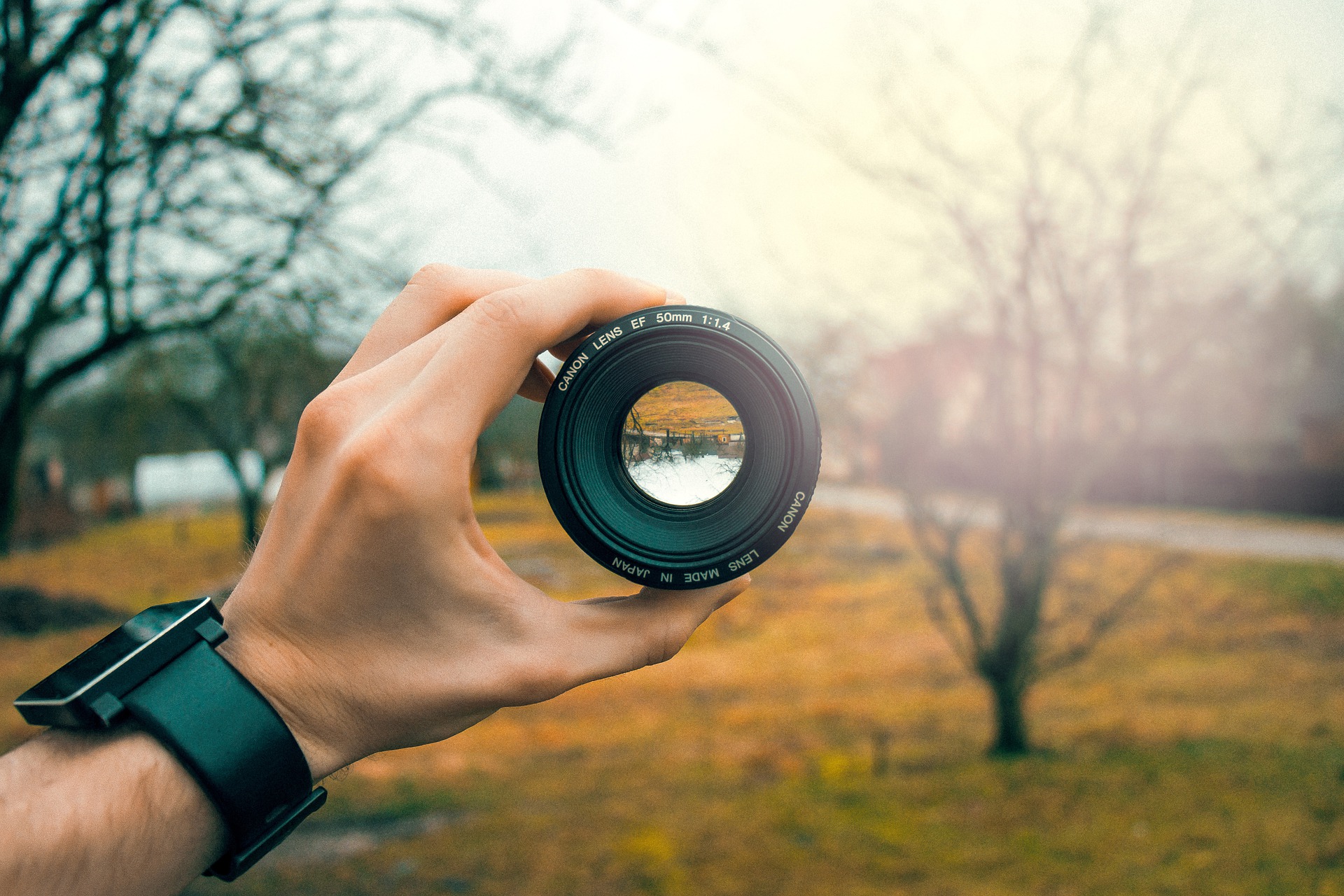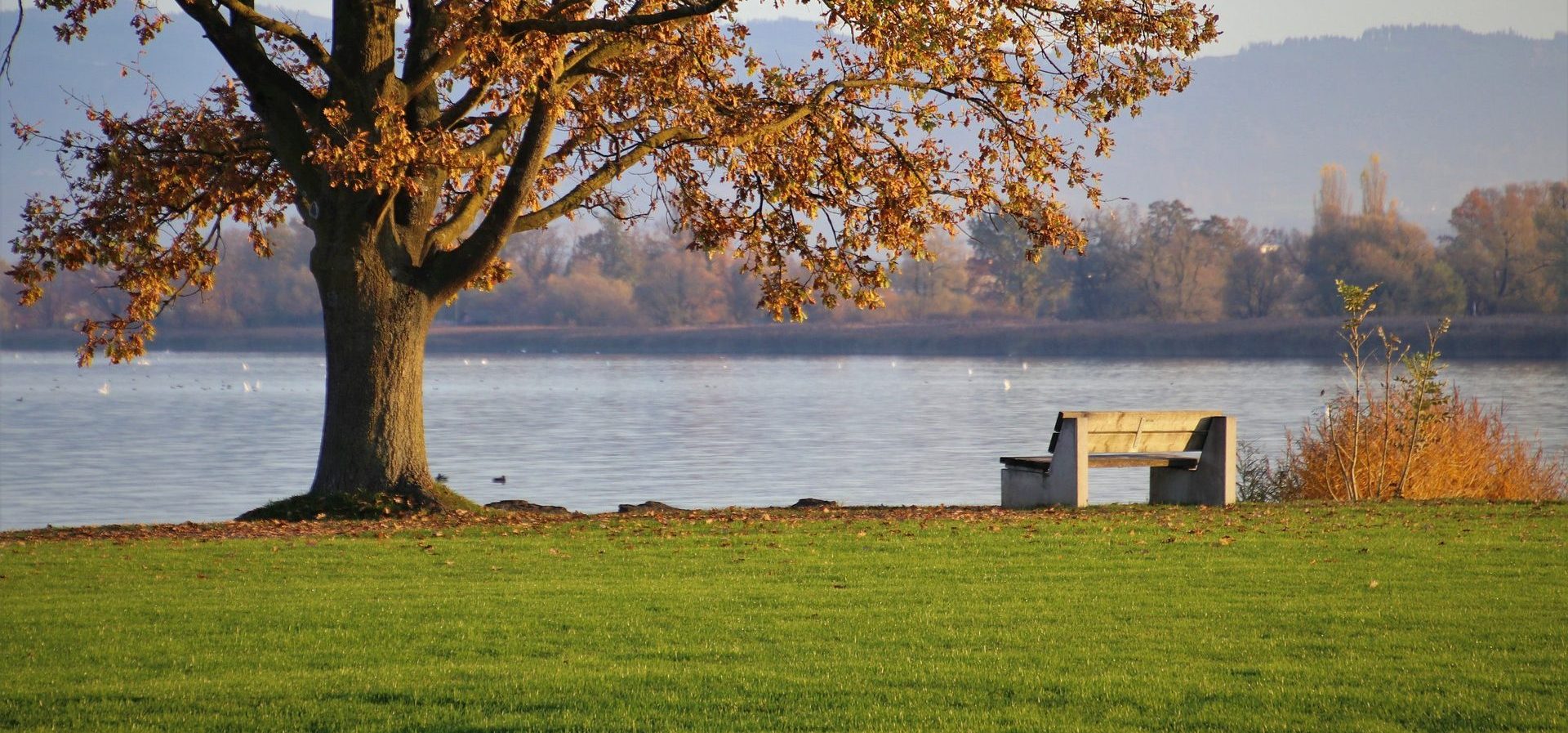Exposure triangle and exposure table
Relationship between aperture, exposure time and ISO sensitivity can be confusing. For simplicity, the relationship between these parameters is expressed using an exposure triangle. The most important thing for you to remember is that if you change one parameter of the exposure triangle, then you must change the setting of another parameter of the exposure triangle in the opposite direction to maintain the correct exposure. This procedure will maintain the correct exposure setting. You’ll learn how it works together in this article.

Exposure Triangle – ISO
ISO expresses the sensitivity of the camera’s sensor to light. It is shown in the figure at the base of the triangle. Higher ISO values mean higher sensitivity Low ISO values mean lower sensitivity of the camera sensor to light.
Table of ISO values
| 200 | 400 | 800 | 1600 | 3200 |
The ISO scale is a numerical series of multiples of adjacent values. The higher value is always twice the lower adjacent value. Changing the ISO scale by one stop doubles the camera’s sensitivity to light. Decreasing the ISO value by one step results in a one-stop reduction in the exposure of the photograph.
Exposure Triangle – Exposure Time
The shutter speed is the time it takes for light to hit the camera’s sensor. It is usually given as a fraction of a number in seconds. The exposure time is shown in the exposure triangle in the opening image on its right-hand side.
Table of exposure time values
| 1/8 | 1/15 | 1/30 | 1/60 | 1/120 |
If we want to double the amount of light exposure then we need to double the exposure time. For example, changing the exposure time setting from 1/60 sec to 1/30 will put half the light on the camera chip. Changing from a shutter speed of 1 s to 1/8 s will reduce the exposure by three stops. Why? From 1 s to 1/2 s is one step. The next step is 1/4 s and the third step in the series is 1/8.
Exposure triangle – aperture number
Aperture refers to the size of the circular opening in the lens through which light hits the camera chip. The larger the aperture, the more light hits the chip. In fact, every time we double the area of this aperture, we double the amount of light or increase the exposure by one stop and vice versa. In the opening image, it is shown by the left arm of the triangle.
Table of aperture numbers
| f / 1.4 | f / 1.8 | f / 2.8 | f / 4 | f / 5.6 |
Small aperture values correspond to larger apertures and vice versa?
To double the aperture area, the previous value must be divided by the square root of two (1.414). This is why aperture steps are not nice round numbers. Remember that the area of a circle is = (π / 4) D2
Exposure table
| +/- EV | Aperture number | Exposure Time | ISO |
|---|---|---|---|
| 0 | 64 | 1/8000 | 25 |
| 1 | 32 | 1/4000 | 50 |
| 2 | 22 | 1/2000 | 100 |
| 3 | 16 | 1/1000 | 200 |
| 4 | 11 | 1/500 | 400 |
| 5 | 8 | 1/250 | 800 |
| 6 | 5.6 | 1/125 | 1600 |
| 7 | 4 | 1/60 | 3200 |
| 8 | 2.8 | 1/30 | 6400 |
| 9 | 2 | 1/15 | 12800 |
| 10 | 1.4 | 1/8 | 25600 |
| 11 | 1 | 1/4 | 512000 |




